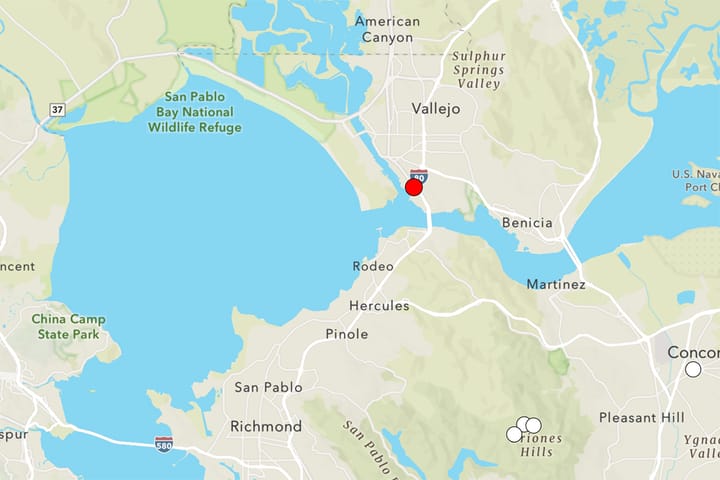Young people are helping keep Tilden park safer from wildfire
Wildfire season has gotten more severe. Civicorps hopes its wildfire mitigation program will help build a pipeline for local youth.
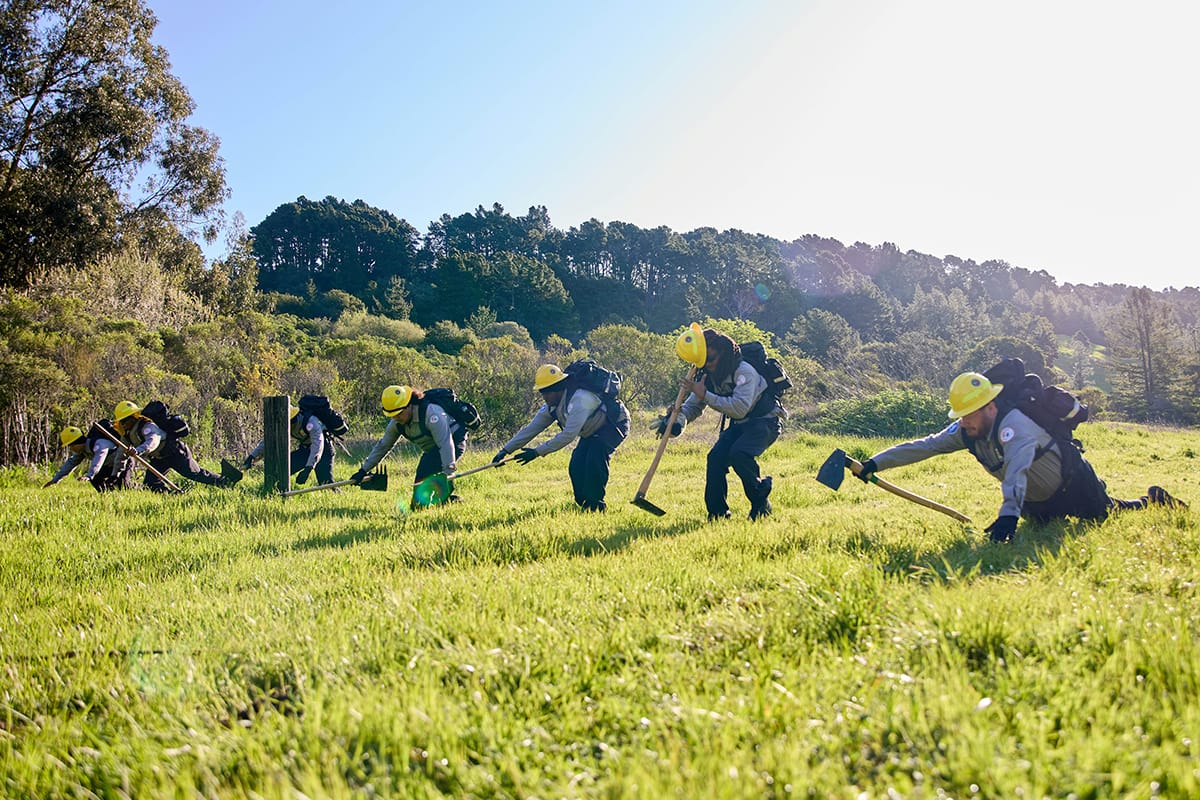
Suledy Montes loves having a sturdy grip on a chainsaw and letting her rip. Cutting through thick dry hunks of Monterey pine, downed by age and winds.
Topping this off, said Montes, 23, is the feel-good moment when a passer-by calls out in appreciation.
"Thank you so much for what you're doing; you're making us safer," East Bay Regional Park District hikers or bikers sometimes say, when seeing Montes at work thinning trees and brush near trails or roads.
"Small moments like that really make the hard work worth it," Montes said. "It's really heartwarming to hear actual residents say this when Tilden is near their own backyard."

Montes, who lives and grew up in Oakland, is among the roughly 225 young people a year in Civicorps, an East Bay nonprofit youth development and job training program that includes a growing wildland fire mitigation program.
Growing, explained Tessa Nicholas, Civicorp's executive director, in response to the growth of major wildfires in California, and around the globe, which is pushing demand for skilled workers trained to fight fires or slow or prevent them.
Hotter, drier, fire-prone conditions are linked by many experts to climate change.
The corps, with a main campus in Oakland and satellite office in Pittsburg in east Contra Costa County, combines on-the-job training with classroom-style learning to prepare its members, who range in age from 18-26, for skilled employment. Most come from Alameda or Contra Costa counties.
So far, it's offered two wildfire mitigation trainings, last year and this, completed by about 40 members.
"We've gone deeper into [wildfire training], as the wildfire season has gotten bigger and more severe," Nicholas said. "And we know these are jobs our young people are interested in."
On-the-job training near Berkeley's back yard
The corps partners with numerous East Bay public lands' managers on the wildfire program, who pay for the work and assist with the training.
One of its main, and oldest, partners is the park district, with its approximately 127,000 acres of grassy, wooded and hilly open space abutting settled neighborhoods.
This includes Tilden park's roughly 2,000 acres bordering Berkeley to the east.
Corps jobs in Tilden include thinning in key areas: along Nimitz Way (from Inspiration Point), on the steep slopes above and below Central Park Drive, around the Merry-Go-Round and along Golf Course Drive and Wildcat Canyon Road, said Patrick McIntyre, the park district's acting assistant fire chief.
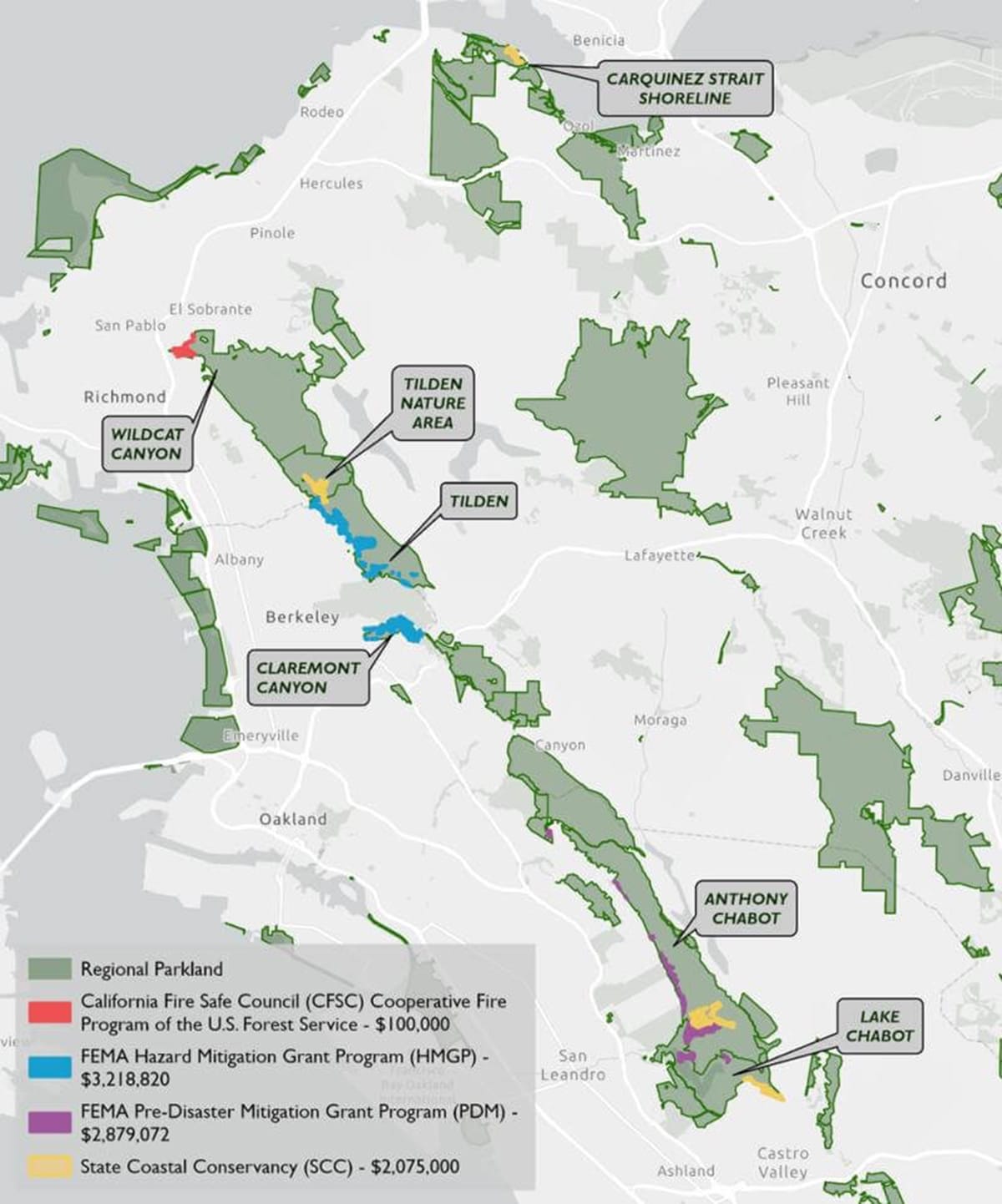
The Golf Course and Wildcat Canyon road projects align with the Berkeley Fire Department's ongoing Grizzly Peak vegetation thinning project, focused on reducing fire fuel, and clearing a major evacuation route, McIntyre said.
"Areas that are either in the footprint of the Grizzly Peak fuel break or along the Tilden/Berkeley border, to create a continuous fuel break" along the border, he said.
The 110-acre Grizzly Peak project is a collaboration of the park district, city of Berkeley, EBMUD and UC Berkeley.
Other park district Civicorps areas include Wildcat Canyon Regional Park, Anthony Chabot Regional Park and Leona Canyon preserve in Oakland.
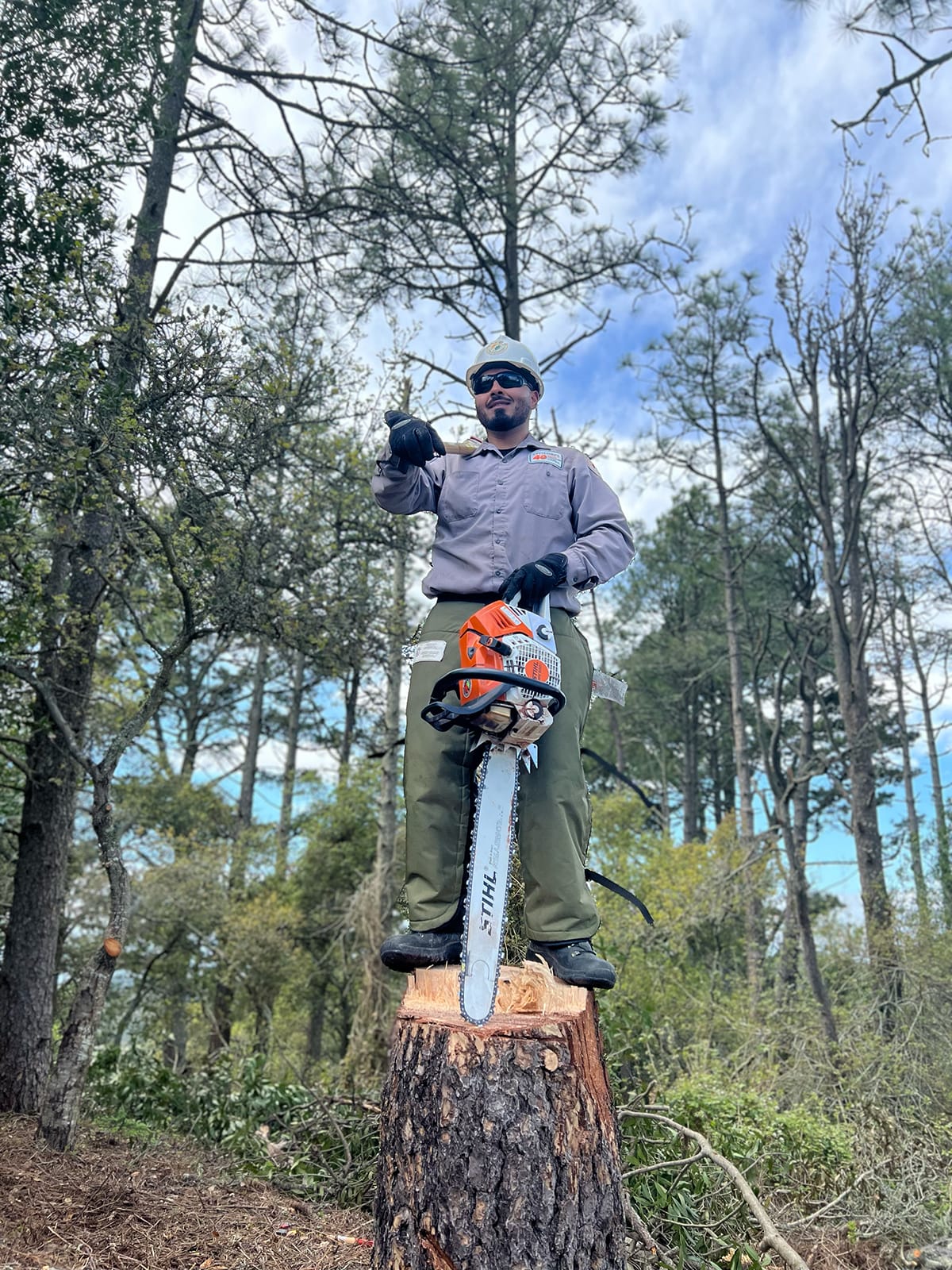
Grasses are mowed. Trees downed. Branches chipped or piled for rainy season prescribed burns.
The goal is to keep roads and trails clear. And to create and maintain fuel breaks or buffer zones in brushy or wooded areas, to slow fire and create space for fire crews and equipment.
"Civicorps has long been a resource to perform our annual maintenance in multiple areas along the Tilden and Wildcat Canyon Boundary with Berkeley and Kensington," McIntyre said.
The corps helps with many, but not all of the district's fuel thinning projects, largely depending on specifics of the grants awarded for the jobs.
"Our ongoing collaboration has recently come to fruition in several grants being awarded to the Civicorps to train and increase their understanding and abilities to perform fuels management in EBRPD fuels management areas," McIntyre said. "This has led to an increase in both the amount of area treated and the volume performed along the interface with Berkeley."
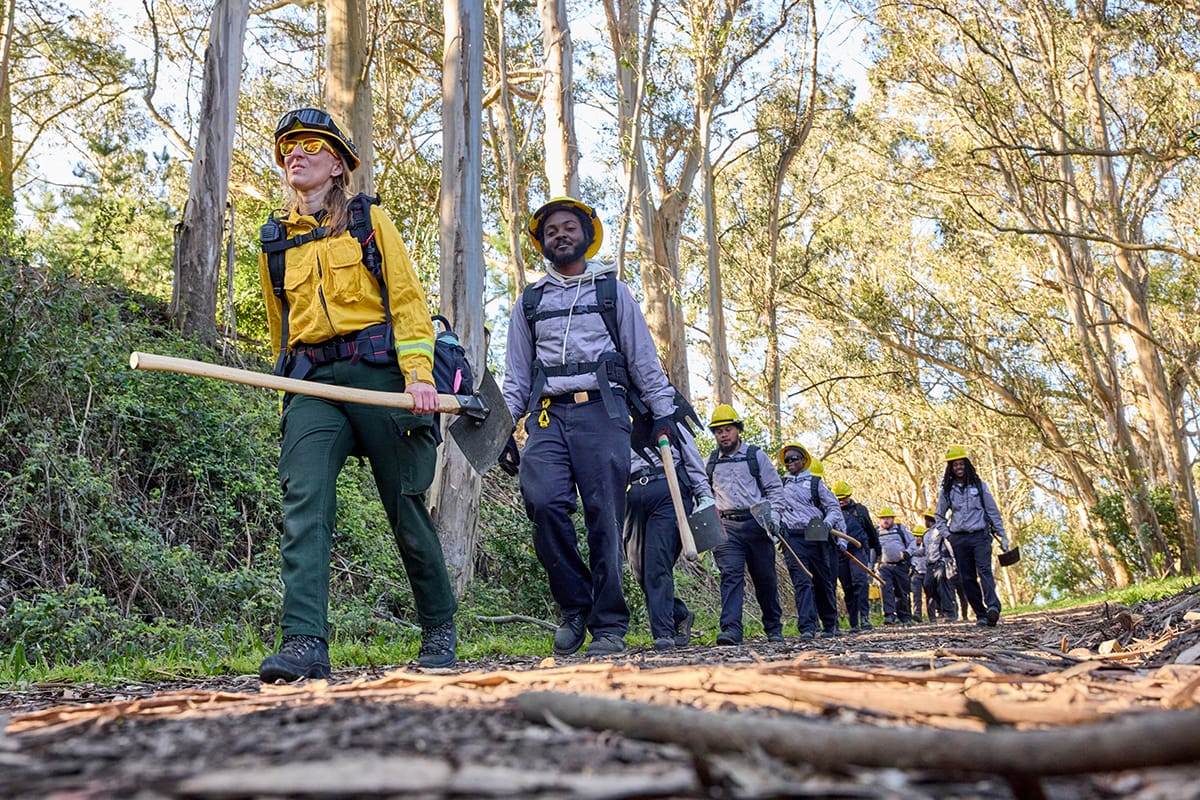
For Montes, the tasks-at-hand are visceral.
"My absolute favorite thing to do in conservation work is to use a chainsaw," said Montes, who will soon start a full-time paid internship at Mount Diablo State Park, under Civicorps.
"I love dropping trees. I love seeing it done properly and safely."
Montes adds: "To fight in a male dominated field, to push to be ahead, to show young women you can do what you want; it's really important to me."
Montes joined the corps after a few years in aviation mechanics school, finishing all but licensing. Her dream is to complete her mechanics training and, maybe one day, combine it with wildfire work.
"I hope my aviation background and the fire training will be able to mesh."
Civicorps model steeped in US history
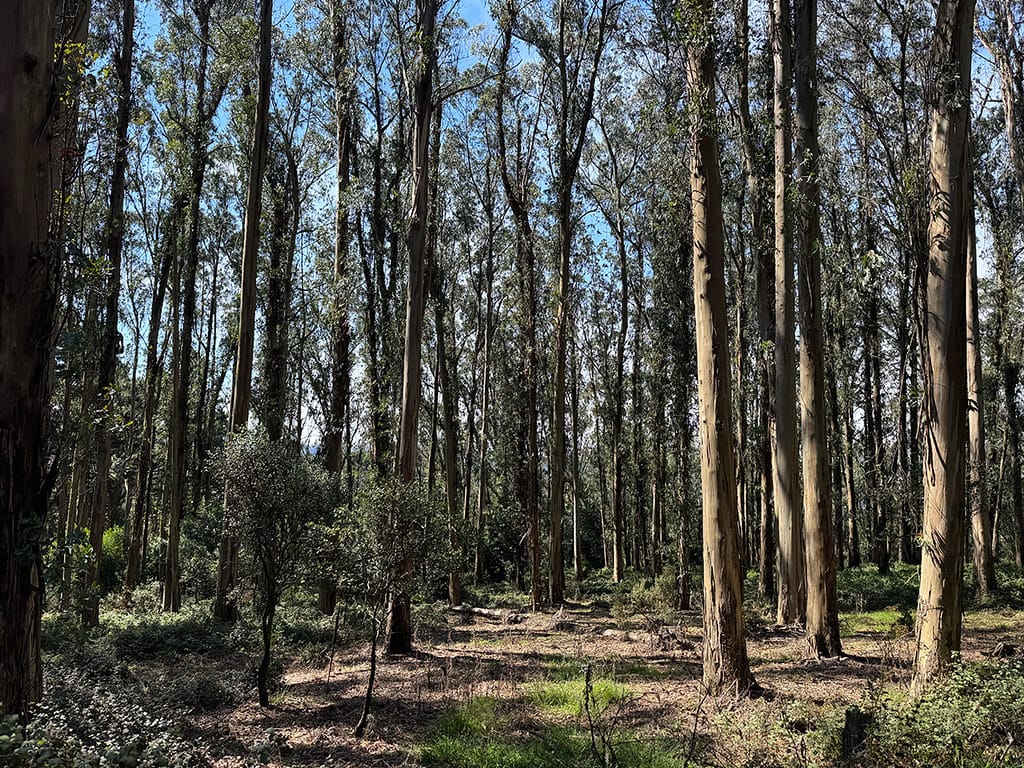
Started in 1983, then called the East Bay Conservation Corps, Civicorps offers two career development pathways for young people: environmental management, which includes wildfire work, habitat restoration, trail maintenance and more; and recycling, which services more than 1,000 local businesses.
Corps workers earn $17 an hour, with many staying at least a year; some longer, and some less.
"Some people leave us sooner than we'd like," Nicholas said. "Every year they have to request an extension. Someone can't just hang out; they have to be progressing,"
A kind of full-service youth development program, Civicorps also helps members earn high school diplomas, and explore college or other advanced training opportunities. The focus is on preparing for well-paid jobs, in fields that are hiring.
"The goal being that our young people are fabulous candidates and well trained to enter into those jobs," Nicholas said.
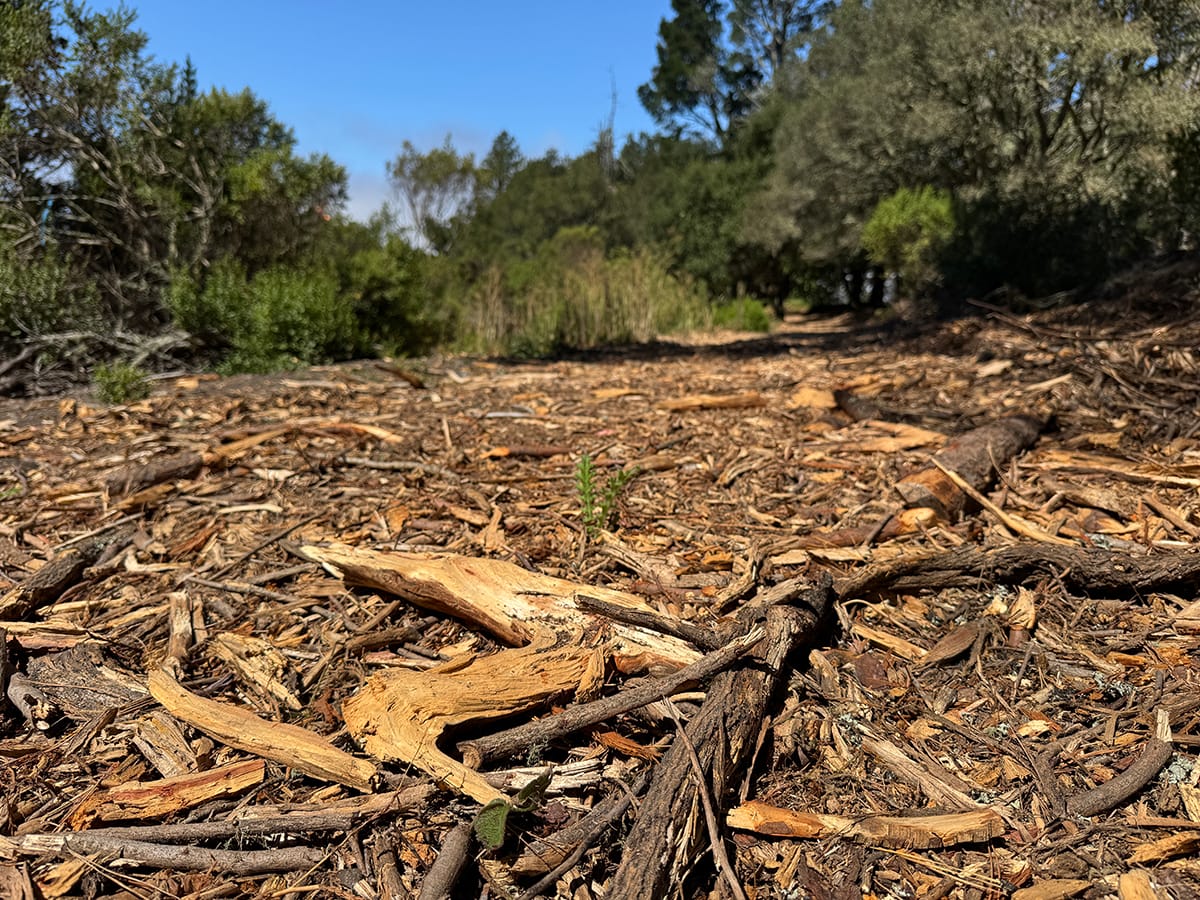
Open to all young people, many members come from underrepresented or lower economic backgrounds.
New members who haven't graduated high school are required to pursue this as part of the program, in an agreement with the Alameda County Office of Education.
Civicorps is one of 14 independent conservation corps programs statewide certified by the mothership California Conservation Corps, a state agency that operates 24 centers, residential and commuter.
Certified independent corps programs are separate from the California corps, but connected. They're eligible for state funding, and partner with state agencies.
They also share a history, rooted in President Franklin D. Roosevelt's 1933 Civilian Conservation Corps, a federal jobs program to combat unemployment during the Great Depression.
Many of these work projects were on public lands — building roads, trails and other infrastructure, planting trees, fighting fires.
Enduring offshoots of the Civilian Corps include conservation corps, and the federal AmeriCorps, a community service volunteer program that has survived court challenges (so far) after being targeted for severe budget cuts after President Trump took office.
The wobbles of AmeriCorps have affected some Civicorps members, as it was a partner in assisting students with college scholarships and loans, Nicholas said.
State certifications help land good jobs
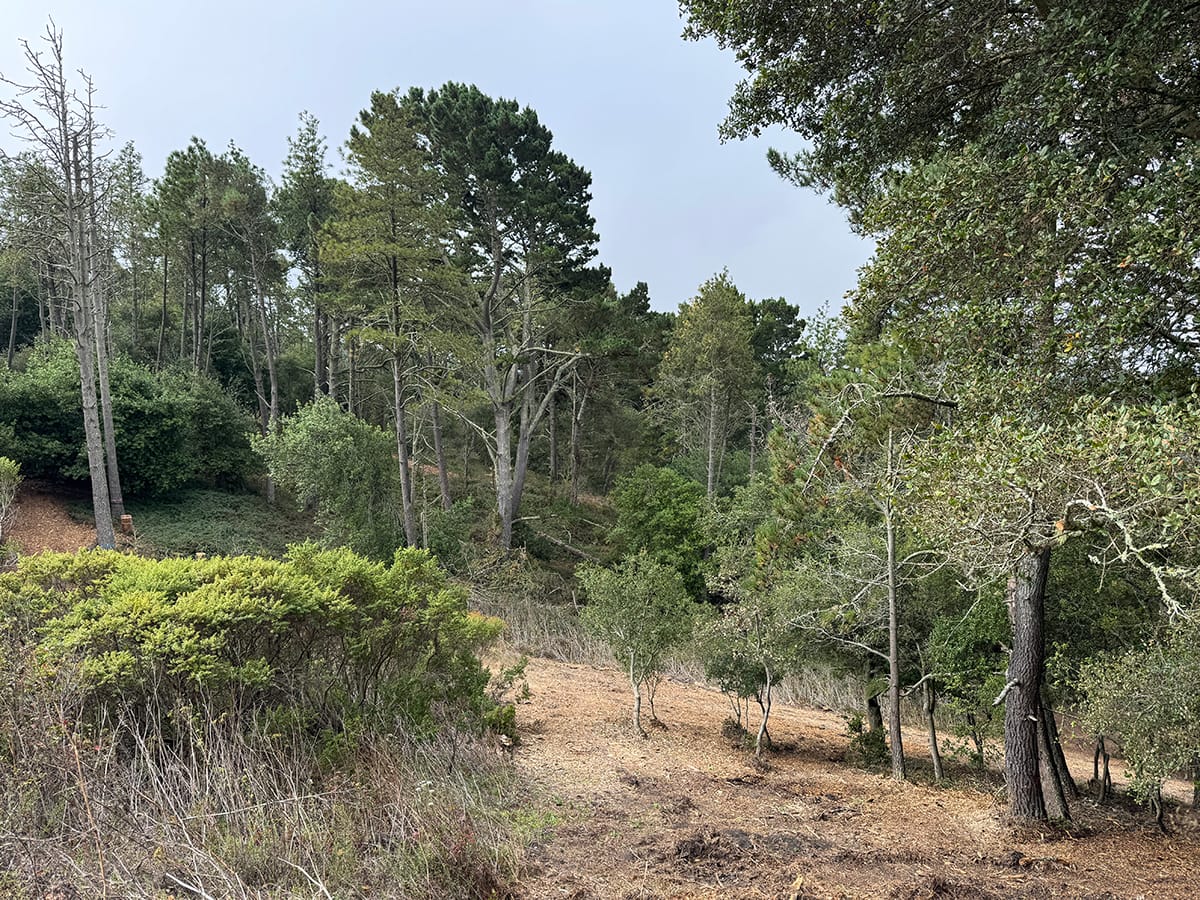
Civicorps funding comes from a combination of fee-for-service from partner agencies, grants and donations. East Bay parks was its first partner.
Other partner agencies tapping the wildfire program include the East Bay Municipal Water District (EBMUD), California State Parks, Contra Costa Water District, Contra Costa and Alameda Flood Control districts and the city of Oakland.
"East Bay Regional Park District's partnership with Civicorps has been a highlight of our Fuel Management Program," said Khari Helae, the park district's interim fire chief. "This collaboration has allowed us to hire many fuels crew members and rangers, further bolstering our efforts in wildfire prevention and park stewardship."
Demanding and sometimes dangerous work, many professional wildland firefighters are certified by the state for specific skills. This certification is key to the work, and to getting jobs.
Civicorps training includes certification, with help from Cal Fire, the state fire agency, and other qualified trainers. This includes the Watershed Research and Training Center, the Healthy Forest Alliance and Southern Sierra Training.
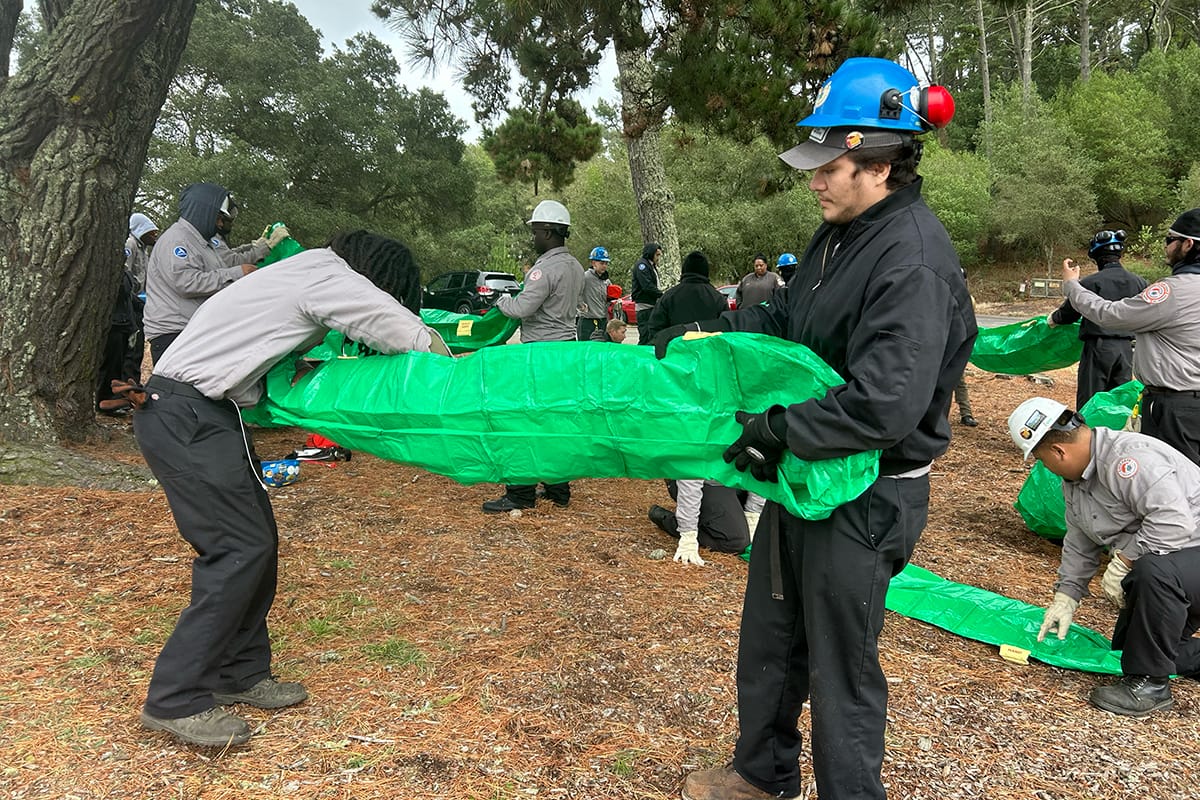
According to Civicorps data:
- 40 corps members earned 311 certifications including wildland firefighting, fire behavior and incident command systems
- 28 earned S-212 advanced chainsaw training certification
- 5 corps members transitioned into fuels management jobs
One former corps member who landed a permanent job with East Bay parks is Ricardo Duran, 23, from Hayward.
Duran works on a park district fuels crew. A job he loves; that pays well, he said.
"We help stop the spread of fires in our district by creating fuel breaks throughout our properties. We also assist when a vegetation fire breaks out in our parks, by cutting hand lines to stop the spread of the fire."
After high school, Duran worked for a Chevy's restaurant for a few years before applying to Civicorps, and choosing a wildfire program.
A career path opened, he said: "I knew that was the type of work I wanted to do."

Another former member, Bryan Gonzalez, caught up with The Scanner when en route to the nearly 25,000-acre Emigrant Fire in Oregon's Cascade mountains.
Gonzalez, of Richmond, now works on a hand crew for Grayback Forestry, an Oregon-based private contractor.
The job is hard, hot, pays well and is satisfying, Gonzalez said.
"Besides the blisters on my feet, it is going well. I get to run a chainsaw for the crew and am learning a lot about fire behavior."
"Civicorps helped provide me with a good foundation in professionalism and knowledge in operating tools," Gonzalez said.
Like Montes, Gonzalez also has training in aviation maintenance.
In fact, she met him at a mechanics school in Fremont, and he told her about Civicorps.
Now, he's "looking for an aviation maintenance company that works with aerial firefighting equipment," Gonzalez said.
Physical, (relatively) stable, decent pay

The Bureau of Labor Statistics projects steady 3% firefighter job growth over the next 10 years, but doesn't specifically break out wildland firefighting.
Fire crew wages vary, depending on the hiring agency or boss. But the work is usually considered decent salary wise, or a good living wage, with opportunities for advancement, higher pay and greater responsibility.
Bipartisan legislation adopted by Congress this year (the Wildland Firefighter Paycheck Protection Act), aims to remedy historically low federal firefighter wages, such as with the U.S. Forest Service or National Park Service.
In California, Gov. Gavin Newsom is pressing hard on growing the state's wildfire response workforce, triggered partially in response to threatened federal cuts.
A CalFire basic firefighter salary is $4,200-$5,400 monthly.
tk photo
"As part of the state's ongoing investment in wildfire resilience and emergency response, Cal Fire has significantly expanded its workforce over the past five years by adding an average of 1,800 full-time and 600 seasonal positions annually, nearly double that of the previous administration," Newson said in a July statement.
"Over the next four years and beyond, Cal Fire will be hiring thousands of additional firefighters, natural resource professionals, and support personnel to meet the state's growing demands."
Back at Civicorps, the organization has a waiting list, Nicholas said.
"We do have a lot of young people that are interested in joining us."
She reflects:
"How exciting it is to be exposed to these career pathways they hadn't imagined for themselves. They're opening them up to a whole spectrum of careers within the firefighting field. We're lucky to be in a state that understands the need. Workforce development and climate mitigation — that's our nexus; that's where we are."



